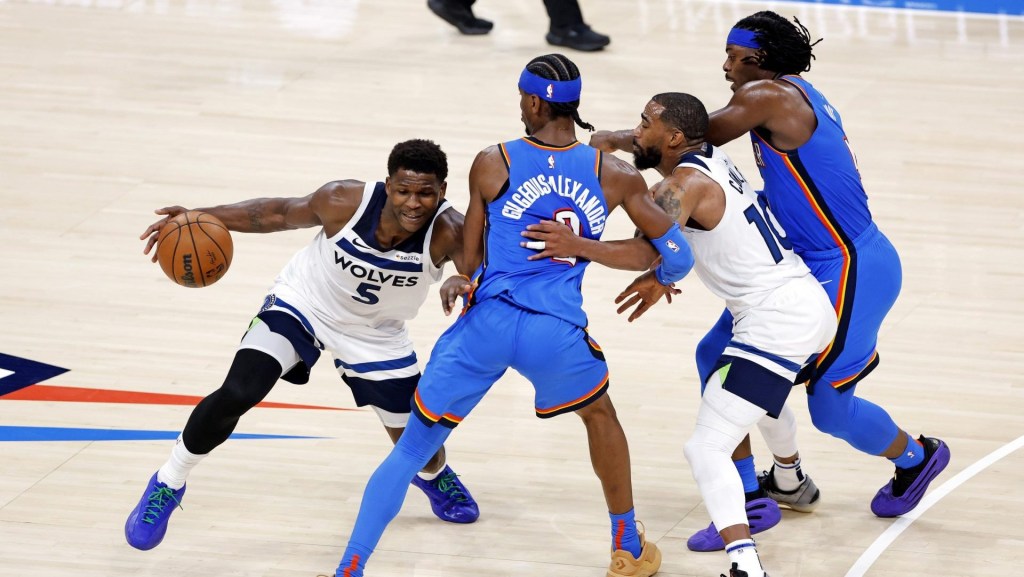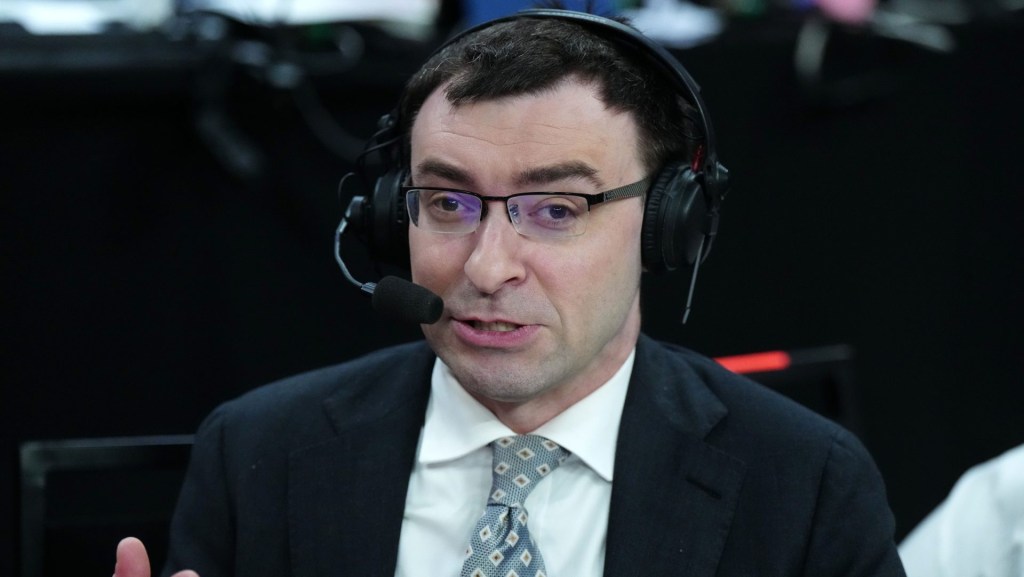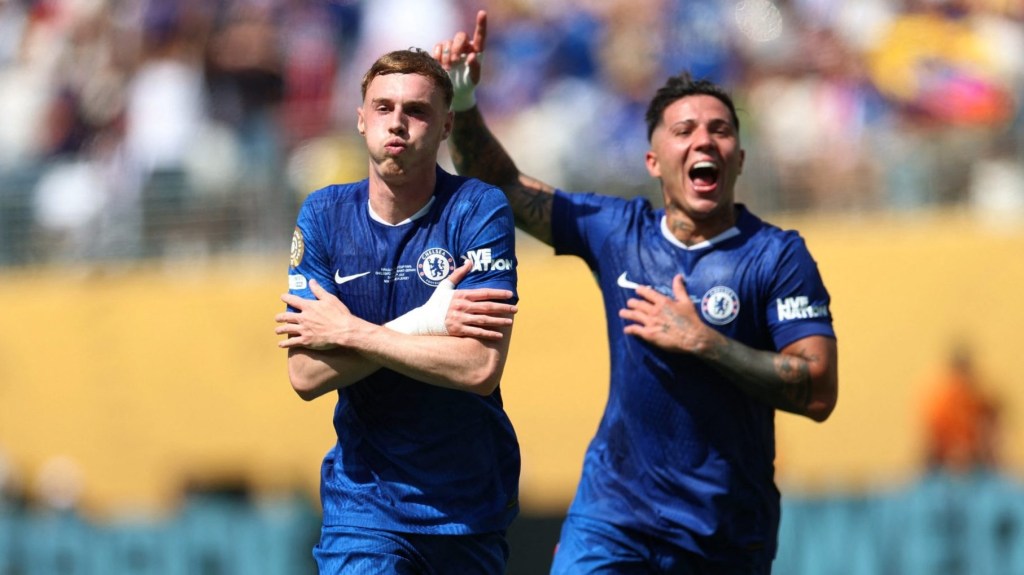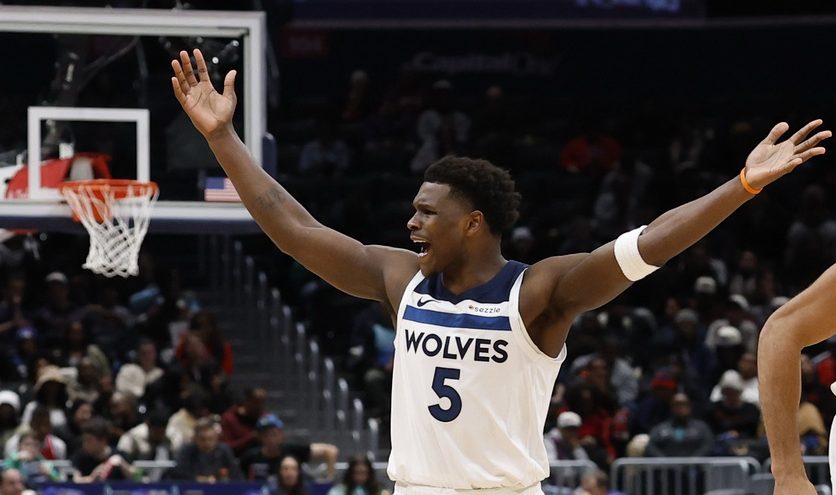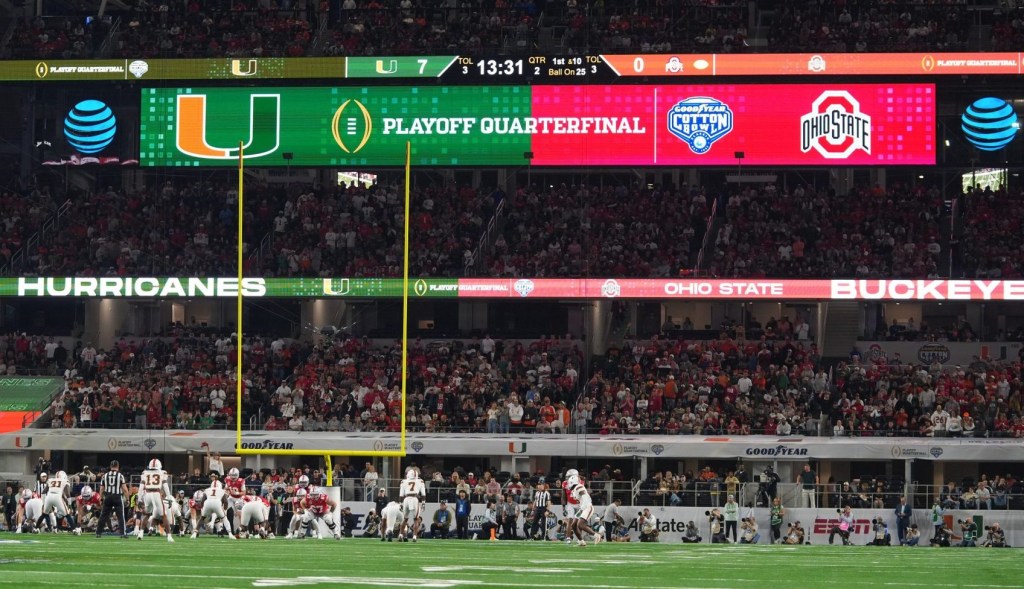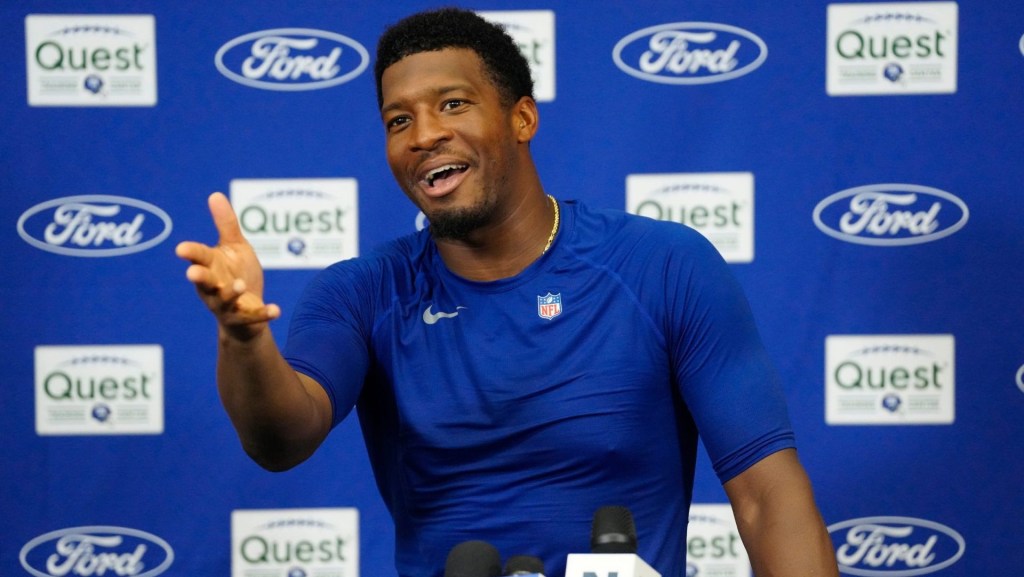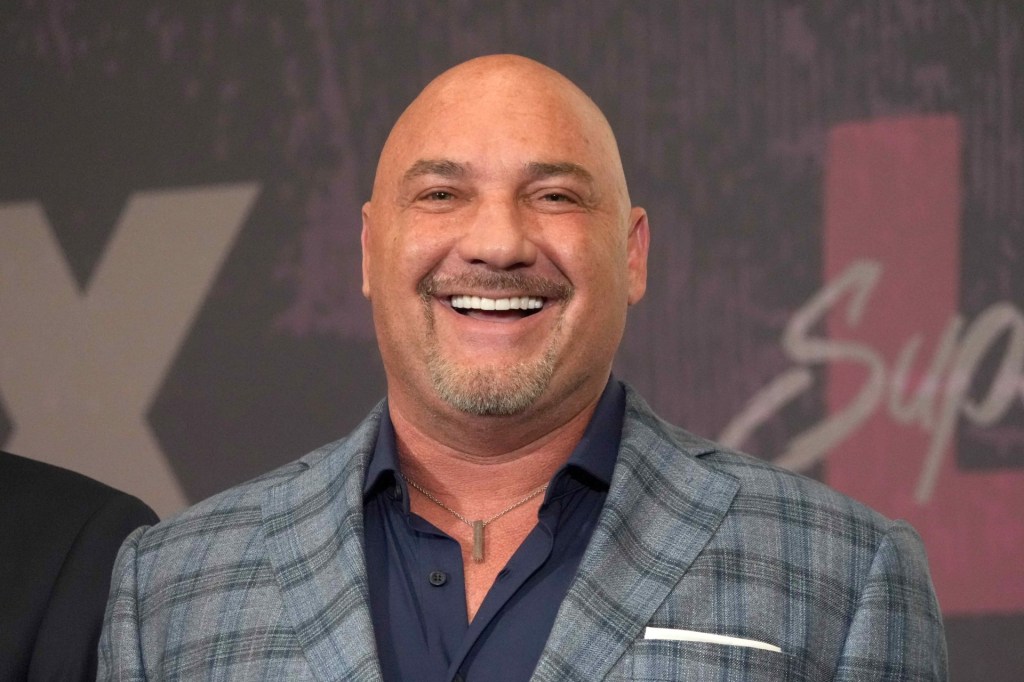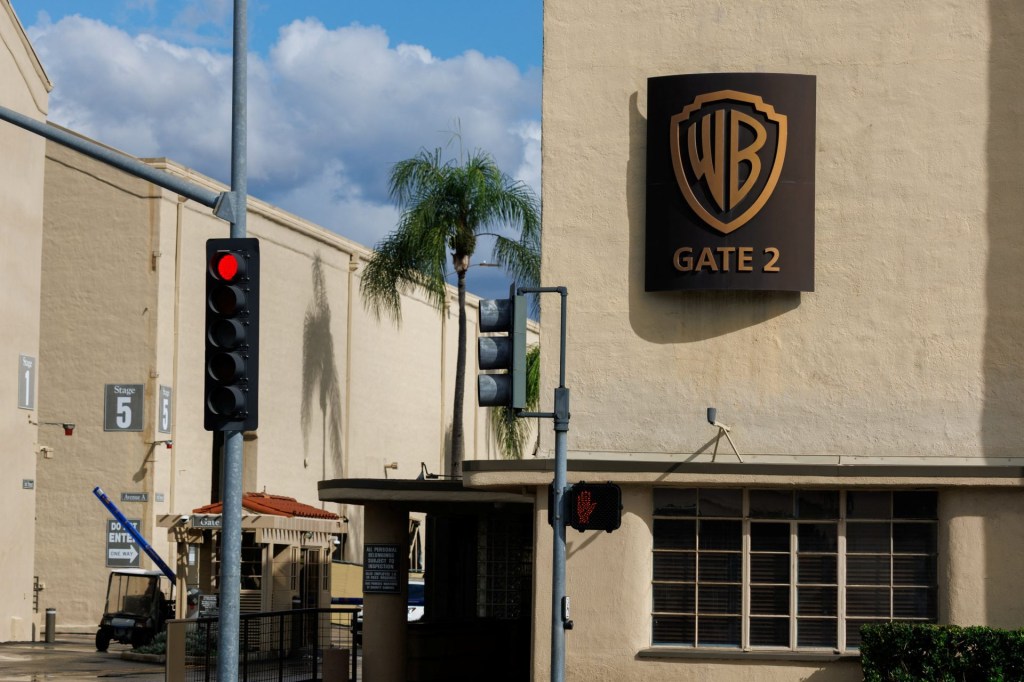The New York Times has reemerged as a potential buyer of The Athletic, sources told Front Office Sports.
The two companies were unable to come to an agreement in June, and The Athletic has since hired investment banking firm LionTree to facilitate a sale. Talks over the summer stalled as reps for The Athletic had issues with the stock/cash split and how long the buyout would take to complete, one source said.
The Athletic has a valuation of about $500 million, although the site is seeking as much as $800 million in a sale. The website — which will hit its six-year anniversary next month — has yet to turn a profit.
Of all the potential suitors from Axios to gambling companies like DraftKings, The New York Times buying The Athletic seemed to make the most sense, according to experts. Both are built in a subscription model and the Times is seeking to aggressively grow its subscriber base.
After adding 455,000 digital subscribers in the fiscal third quarter, the Times had 7.6 million digital subscriptions. The company’s goal is to hit 10 million digital subscribers by 2025. The Athletic had 1.2 million subscribers as of September.
“It could make a lot of sense. Everybody’s trying to get to new forms of content and consumer engagement. The Athletic, in a very short time, has done a great job of establishing that,” said Drew Sheinman, the former WME-IME executive turned founding partner of Brand Velocity Partners.
“So I get where it makes sense for the Times. But for The Athletic, there are other elements. Are they selling out? Are they still going to run it? There’s a lot of details in a transaction like that that will define whether it makes sense in the short term or long term.”
A spokesperson for The Athletic told FOS: “We don’t comment on rumors or speculation in the market.” Messages left with LionTree were not returned.
“As a matter of policy, we never comment on rumors or speculation in the market,” a spokesperson for the Times said in a statement to FOS.
A year of change
The new sales talks come amid a year of reshuffling at The Athletic.
Executives at The Athletic came to the realization in recent months that they had “overextended themselves” by covering sports and markets that didn’t drive subscriptions, a source told FOS. That has meant cutbacks in some coverage for college and professional teams — especially in Arizona and Florida — as well as in combat sports and some other beats.
The Athletic spokesperson countered: “As always, we will continue to cover major events, storylines, betting and news critical to both of those verticals.”
However, the sports website and podcaster is in the middle of a shift away from the idealistic aim to be the savior of modern sports journalism and toward a sustainable business — a change that has led to an exodus of talent.
Senior writer Joe Posnanski, one of the company’s high-profile hires, announced his departure in May. “The Athletic made me a kind offer to stay, but it isn’t the right offer for me at this moment in my life,” wrote Posnanski.
At least 15 others have announced their departures from The Athletic since April.
By concentrating on growth areas and saving on salaries through not retaining some writers/editors, along with normal attrition, The Athletic could be profitable as soon as next year, one source said.
“It seems to me they are in total cost-control mode,” said one source. “The speculation inside is it’s all built around the drive to be sold. Or becoming profitable — so they can be sold.”
But the spokesperson said The Athletic is in growth mode. “I will reiterate that we have hired nearly 100 people this year, compensation for our team remains extremely competitive and our commitment to the best sports journalism anywhere has not changed.”
A source said that while some investors are clamoring for The Athletic to be acquired, others are fine with it operating as a standalone business for now. Either way, the source told FOS that The Athletic is “going to have to make a lot of hard decisions, but they aren’t in a doom-and-gloom situation.”
The months-long sports shutdown in 2020 caused by the COVID-19 pandemic nearly put The Athletic out of business, co-founder Adam Hansmann admitted to CNBC. “It should have been the end for us,” he said.
Like its bigger, legacy media competitors, The Athletic finds itself grappling with a media recession and financial hangover caused by the coronavirus.
“I’m sure the pandemic freaked them out,” said T.K. Gore, longtime media advisor turned chief revenue officer of real-time streaming technology company Phenix. “So what can they do to grow the business? And who do they partner with?”
The Athletic prefers to control its own destiny, the spokeswoman told FOS.
“As always, we are focused on forging our own path as a business,” she said.
A shift in priorities
The Athletic has been a source of both fear and fascination since co-founder Alex Mather memorably threatened to “suck” local newspapers dry of their top talent until they were the “last ones standing” nearly four years ago.
Writers and editors have left for various reasons, but some of the most contentious negotiations have been among those still employed or whose exits have not become publicly known, according to sources with knowledge of the situation.
While those leaving have come from various areas of the company, a source said there’s been an ongoing internal review of the site’s priorities.
Negotiations with several writers have become increasingly contentious when their contracts — which typically span two years — are up.
Several had to fight for the same pay, while others were given lower offers. Some have received low-ball contract proposals that run as few as 90 days.
“In no way is the system they created intended to serve the writers,” said another source. “It’s entirely to protect them from growing labor costs.”
But the spokeswoman said the company’s “negotiation process” remains unchanged.
“As is standard, each negotiation is individual based on a series of factors and involves input from a number of teams throughout the company,” she said. “We remain committed to providing industry-leading compensation and benefits while building an equitable workforce and promoting from within.”
A beacon in sports journalism
In its short history, The Athletic has been a boon to sports journalism.
At a time when newspapers and magazines were laying off journalists, and the original Deadspin was collapsing, The Athletic rode to the rescue, becoming a safe landing for hundreds of top writers and editors.
Multiple editors and writers from Sports Illustrated jumped to The Athletic. Some staffers like Jon Greenberg and Jennifer Armstring praised the company for saving or rejuvenating their journalism careers.
“I have a job that I love,” Armstrong told The Washington Post in March 2020.
The young startup made journalism history by breaking the story of the Houston Astros’ sign-stealing scandal in 2019.
The Athletic’s not the only sports media company playing hardball in talent negotiations, either.
ESPN, for example, wanted to cut popular “SportsCenter” anchor Kenny Mayne’s salary by 61%. Mayne turned down the offer. Instead, he left ESPN after 27 years, calling himself a “salary-cap casualty.”
NBCUniversal, meanwhile, will shut down its NBC Sports Network at the end of the month.
With The Athletic barely surviving the pandemic, its writers and editors now find themselves with little leverage come contract time.
Potential employers ranging from ESPN and Fox Sports to NFL Network are cutting back. Outside of the Times and Washington Post, many newspapers prefer inexpensive, young talent. They’re downsizing their staffs, not expanding.
The Athletic laid off about 8% of its workforce in June 2020, and most staff had to take a pay cut that was restored before the end of that year. Put it all together, and writers have little leverage when the time comes to negotiate a new deal.
The increasingly aggressive tactics employed by The Athletic’s talent-retention and acquisition team have become an open secret among many at the subscription site. Managers also fear cutbacks in some areas of The Athletic could lead to lower morale overall — something that could become perilous for a site that relies on its content producers to drive subscriptions.
The company has assigned all staffers a “level,” said sources, which helps determine their salary. Writers are assigned different levels based on experience and whether they’re national or local.
A spokesperson at The Athletic confirmed the plan to FOS: “The Athletic has created ‘levels’ across the company to help individuals understand the path forward in their careers.”
A former staffer, however, called it an “opaque and ambiguous way for them to not give people money.”
Another source told FOS that The Athletic countered an offer from another outlet “with basically nothing.”
“It was like, ‘You’re lucky to be here.’” the source said. “It was a lot of tough talk. I knew they’re not as rich as The New York Times and these other companies. I understand that, but they low-balled me.”
But as word filtered through the ranks at The Athletic in recent days about The Times looking at the site once again, one source told FOS that employees feel that there is “something good is going on.”
The list of healthy media companies that can be acquired is a short one, noted Sheinman. That makes The Athletic a “desirable” target for bigger players.
“In a world of content blowing up, there aren’t too many jewels like [The Athletic] today,” Sheinman said.
“It has its own content — and a large number of subscribers and loyal people willing to pay money. Some companies have great content. But they haven’t yet cracked the code of getting people to pay for it. To have subscribers of recurring revenue? They’ve done that.”

